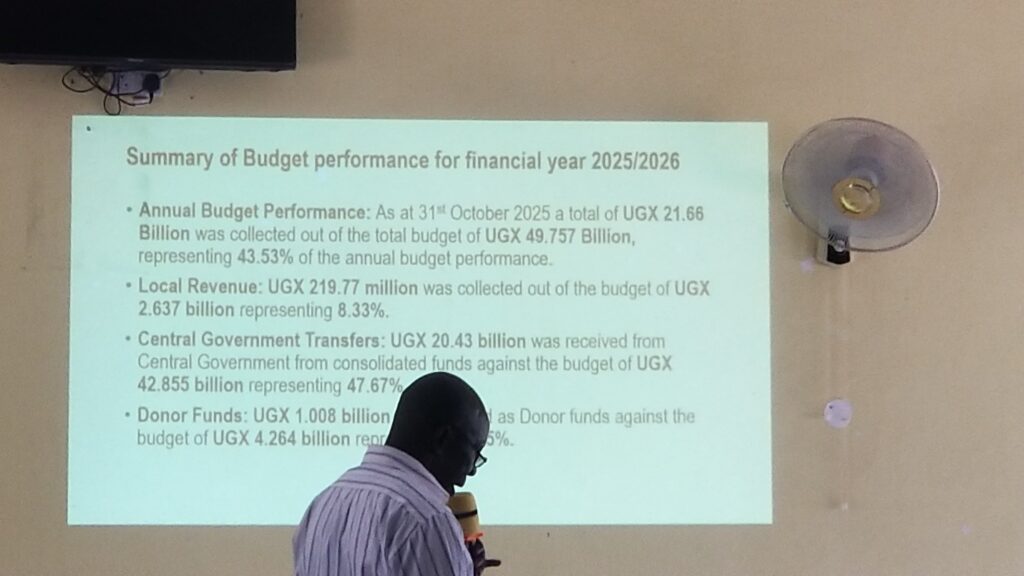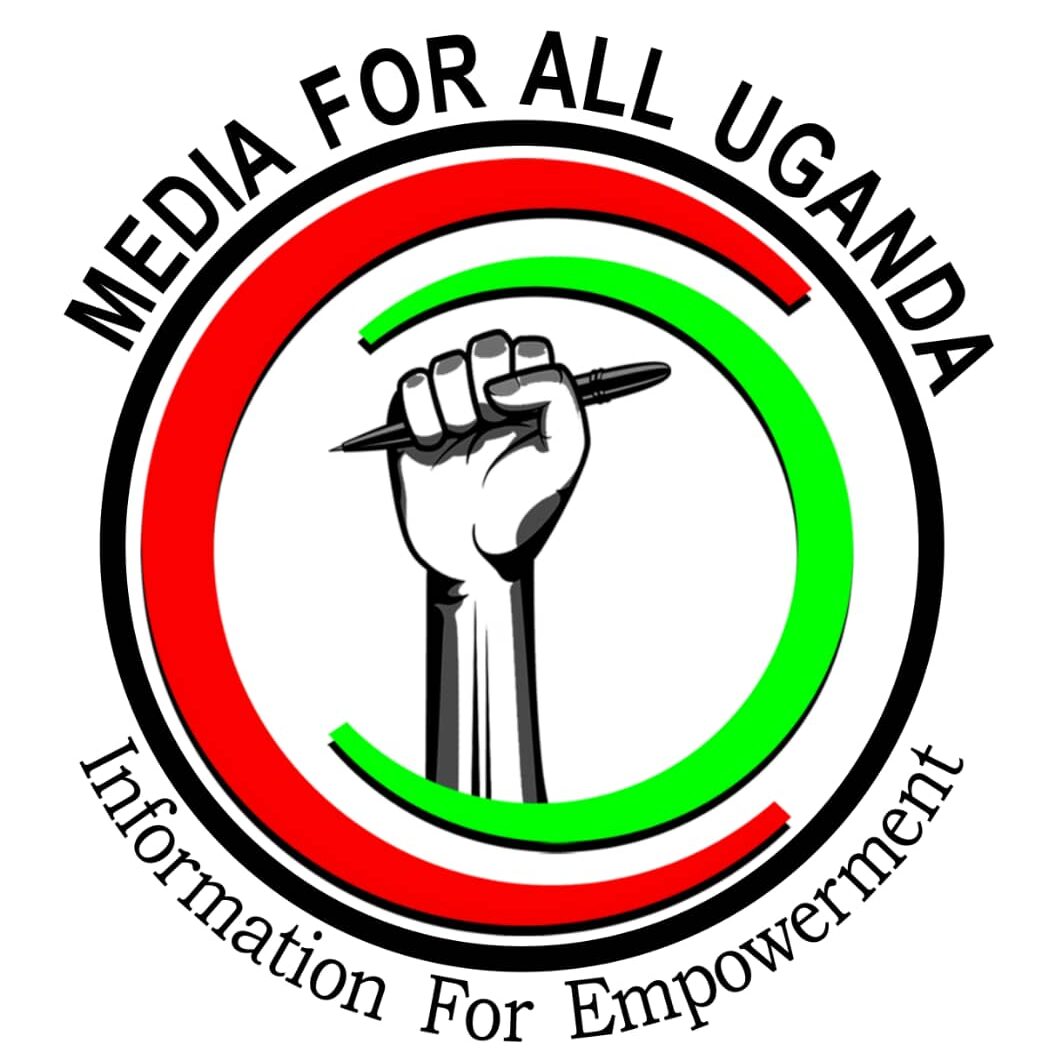ADJUMANI DISTRICT BUDGET FOR FY 2026/2027 DROPS BY 36%.
By Anzoo Evaline
Adjumani District Local Government has allocated a budget worth Ugx 46,786,015,144/= for the Financial Year 2026/2027.
This reflects a 35.59% significant reduction compared to the Ugx 72,644,601,862/= approved in the running financial year.
During the budget conference that took place at the district council hall on 10th November 2025, district leaders attributed the decline to several factors, including the completion of major donor-funded projects such as USMID-AF, DRDIP, PRELNOR, and NUSAF, whose conclusion has left noticeable funding gaps.
The Chief Finance Officer (CFO), Leku Samuel, acknowledged that the budget trend has shifted over time.
“Where are we heading? This is the first five years before history. As you can see here, the trend is coming down. For the last five years, we were doing well. It started from 25 billion to 72 billion during COVID time. Then you can see the trend has been the positive one. Now we have moved to 46 billion. Today we are gathered here for 46 billion,” he said.
Other leaders also warned that this reduction may affect service delivery, especially amid the rising population of both nationals and refugees in the district. Currently, Adjumani hosts 528,885 people, including 300,590 nationals and 228,295 refugees.
Speaking on the issue of the budget reduction, District Vice Chairperson, Hon. Kaijuka Richard Arthur, noted that the decline is not unique to Adjumani.
“I think everyone is aware that it’s not only in Adjumani but the whole nation is affected. But specifically, for Adjumani, most of the government projects have ended. I want to request our partners that though most donors have withdrawn, let’s continue supporting with the little we are having because the population of refugees in Adjumani is almost the same with the host community,” Kaijuka appealed.
Meanwhile, the effect of the reduction is already being felt. According to the Senior Finance Officer, Mr. Samson Yuma, the district’s annual budget performance for FY 2025/2026 showed mixed results.

“We have so far realized Ugx 21.6 billion out of the current budget of 49.7 billion representing 43.53%. While local revenue performance stands at Ugx 219.77 million out of the Ugx 2.6 billion budgeted, representing 8.3%,” Yuma said.
“Central government transfers were Ugx 20.4 billion out of the total budget of Ugx 42.8 billion, which is 47.7%. Donors’ funds or donors’ support, we have so far received UGX 1.008 billion out of the total of 4.3 billion representing 23.6%. That is the current financial year performance up to 31st October 2025,” he explained.
To improve revenue performance, Yuma highlighted several strategies drawn from the District Development Plan (DDP4), including: Electronic evaluation, assessment, and collection through the Revenue and Social System; enforcement of local revenue mobilization and collection by both political and technical teams; strengthening internal control systems using electronic receipting; regular tax coding, consultations, and reviews; reviewing reserve prices for all revenue sources and enhancing supervision and enforcement at all local government levels.
Hon. Kaijuka Richard Arthur, also highlighted the importance of transitioning from subsistence to commercial agriculture to stimulate income growth.
“Uganda’s economy and most of our people are employed in agriculture. But we must move away from subsistence farming to commercial so that money comes in our pocket,” he said.
Despite the funding cuts and donor withdrawal, district leaders expressed commitment to strengthening local revenue mobilization, enhancing efficiency, and ensuring that the limited resources are optimally utilized to meet the growing demands of both the host and refugee communities.
The annual budget preparation process was conducted in accordance with the Public Finance and Management Regulations (2026). The budget conferences at all levels are convened in accordance with section 7 subsection 1 and 2 (b) of the Public Finance and Management Regulations 2026. The District priorities are done based on submissions from the lower local governments.
END.
